Donec efficitur, ligula ut lacinia
viverra, lorem lacus.
A Guide about how to become a wedding officiant
So, you’ve been to enough weddings to know that the best part isn’t the open bar (though, let’s be real, it’s a close second)—it’s the officiant. The person who gets to stand up there, crack a few jokes, and legally declare two people madly in love. And now you’re thinking, “Hey, I could do that!” Well, my friend, you’re absolutely right. Becoming a wedding officiant is easier than you think, and way more fun than, say, assembling IKEA furniture without instructions.
Whether you want to officiate your best friend’s wedding, start a side hustle, or just add “Reverend” to your email signature for fun, this guide will walk you through everything you need to know. From legal requirements to writing a ceremony that doesn’t put everyone to sleep, we’ve got you covered. So grab a coffee (or something stronger), and let’s dive in.
1. Understanding the Role of a Wedding Officiant
First things first: what does a wedding officiant actually do? Spoiler alert: it’s more than just showing up in a fancy outfit and saying, “You may now kiss.” A good officiant sets the tone for the entire ceremony, from the heartfelt moments to the perfectly timed jokes that make Aunt Linda spit out her champagne.
Your job is part storyteller, part legal authority, and part hype person. You’ll work with the couple to craft a ceremony that reflects their love story, handle the paperwork (because, yes, weddings involve bureaucracy), and keep everyone engaged—even that one cousin who’s already scrolling through Instagram.
Think of yourself as the conductor of a love symphony. Or, if that’s too poetic, the DJ of matrimony. Either way, you’re the one making sure everything runs smoothly while looking effortlessly cool. No pressure, right?
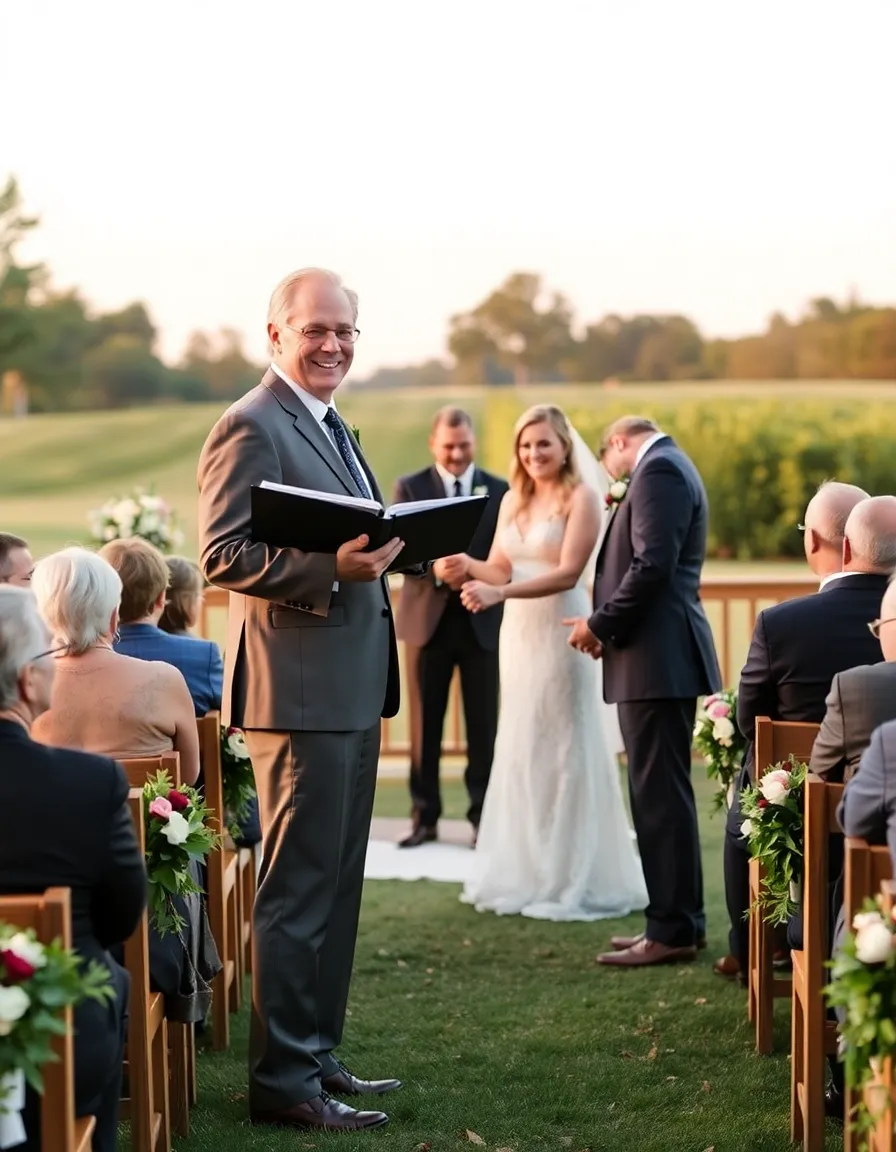
2. Checking Legal Requirements in Your Area
Before you start practicing your best “Dearly beloved,” you need to make sure you’re actually allowed to officiate weddings where you live. Laws vary wildly depending on your state or country, and nothing kills the vibe faster than finding out the wedding you just officiated isn’t legally binding. (Unless the couple is into that sort of thing, no judgment.)
In some places, all you need is a quick online ordination from organizations like the Universal Life Church or American Marriage Ministries. In others, you might need to register with the local government or even jump through a few extra legal hoops. Pro tip: Google “[Your State] wedding officiant requirements” and save yourself a future headache.
And hey, if your area is extra strict, don’t panic. Some couples opt for a legal courthouse wedding beforehand and have a symbolic ceremony later—meaning you can still officiate without worrying about paperwork. Everyone wins!
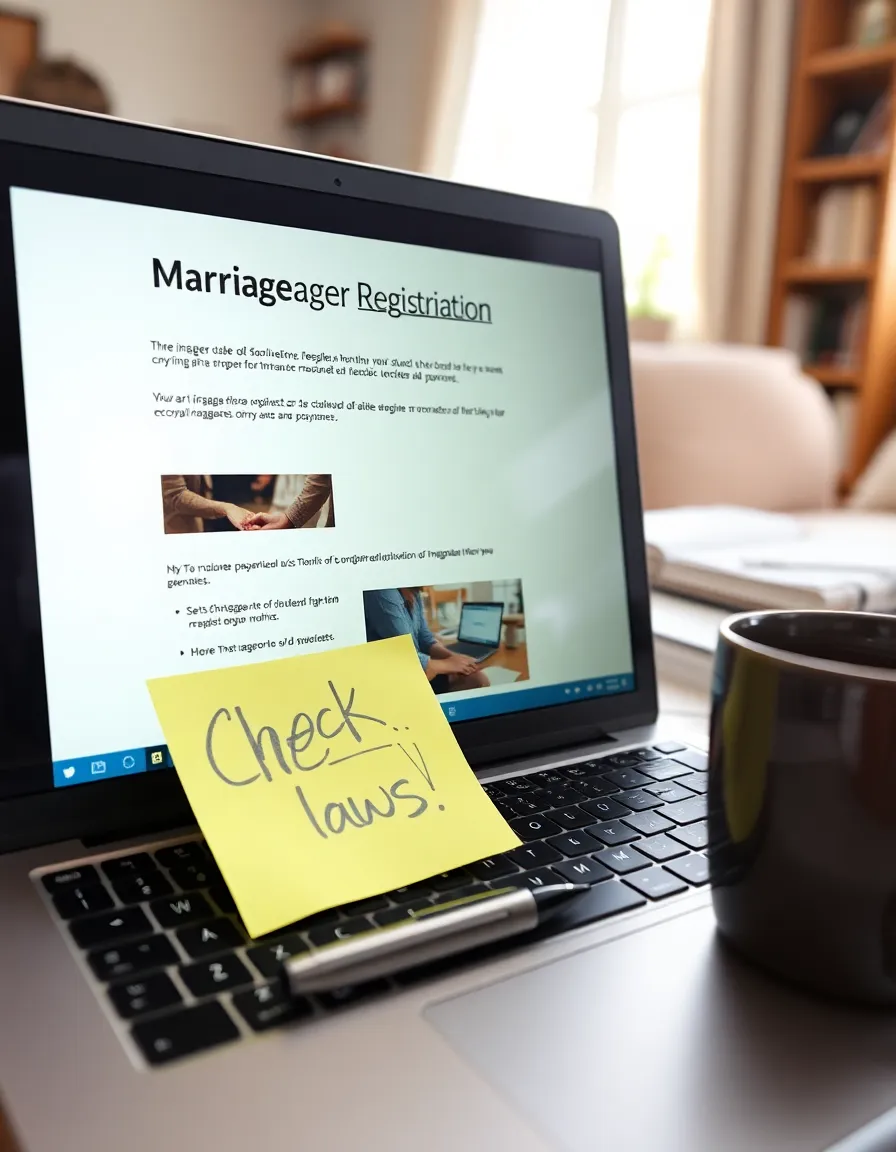
3. Getting Ordained (Yes, It’s Easier Than You Think)
Here’s the fun part: becoming ordained is often as simple as filling out an online form and hitting “submit.” Organizations like the Universal Life Church have been helping people officiate weddings for decades, and they don’t care if your spiritual journey consists mostly of binge-watching The Office and believing in the power of pizza.
Most online ordinations are free, though some offer optional paid packages with fancy certificates (great for framing or impressing your parents). The whole process takes about five minutes, and boom—you’re officially a minister. Or a reverend. Or a dudeist priest. The titles are delightfully flexible.
Just remember to check if your local government recognizes online ordinations. Some states (looking at you, Virginia) have stricter rules, so do your homework before you start printing business cards.
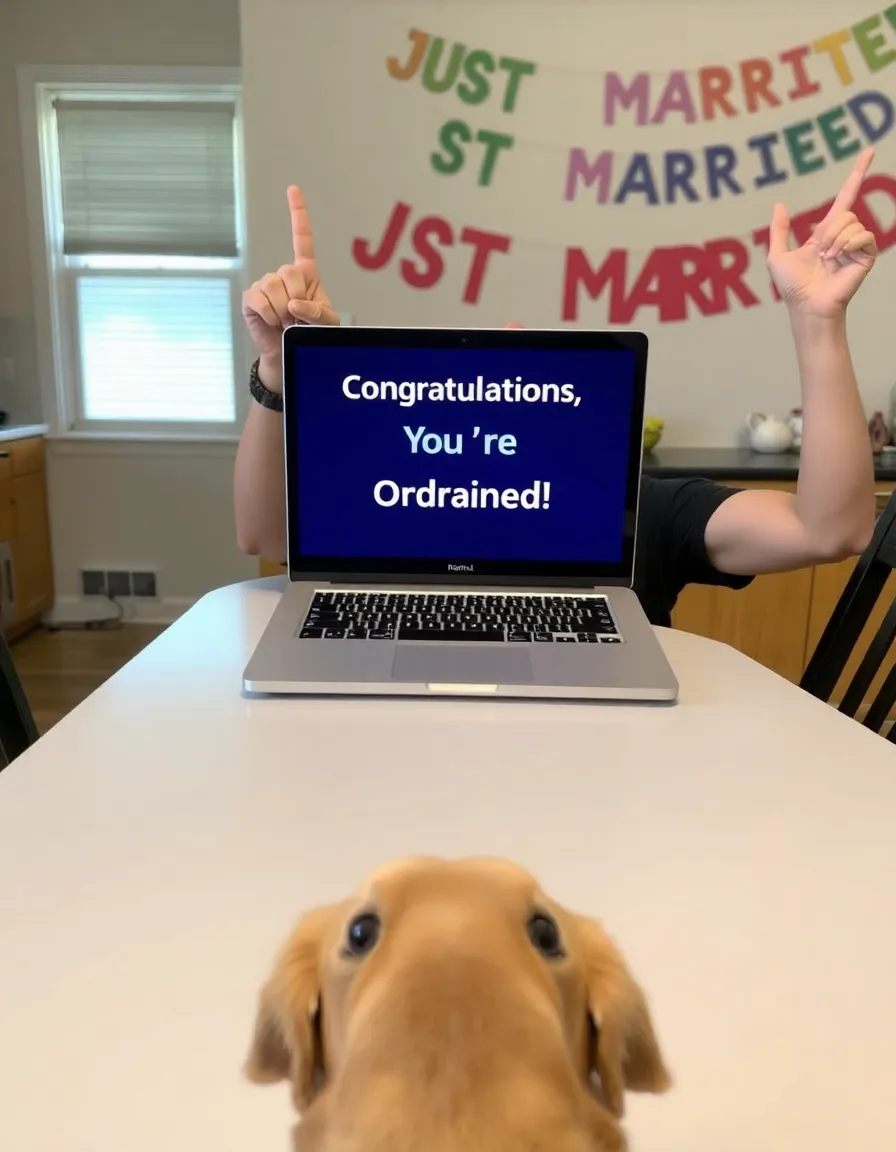
4. Crafting a Memorable Ceremony
Now for the creative part: writing a ceremony that doesn’t sound like it was copied from a 1980s wedding template. The key? Personalization. Couples want their ceremony to feel uniquely theirs, whether that means quoting Star Wars, including cultural traditions, or just keeping it short and sweet so everyone can get to the cocktail hour faster.
Start by sitting down with the couple (or sending them a questionnaire if they’re the “trust you completely” type) and asking about their story. How did they meet? What inside jokes do they have? Do they want a serious, romantic vibe or something more lighthearted? Pro tip: If they mention “vibes” more than three times, prepare for a Pinterest-worthy ceremony.
Don’t forget the basics, though: an opening, vows, ring exchange, pronouncement, and kiss. You can mix and match elements to fit the couple’s style, but those are the non-negotiables unless they’re eloping in Vegas and just want you to say, “Alright, kiss already.”
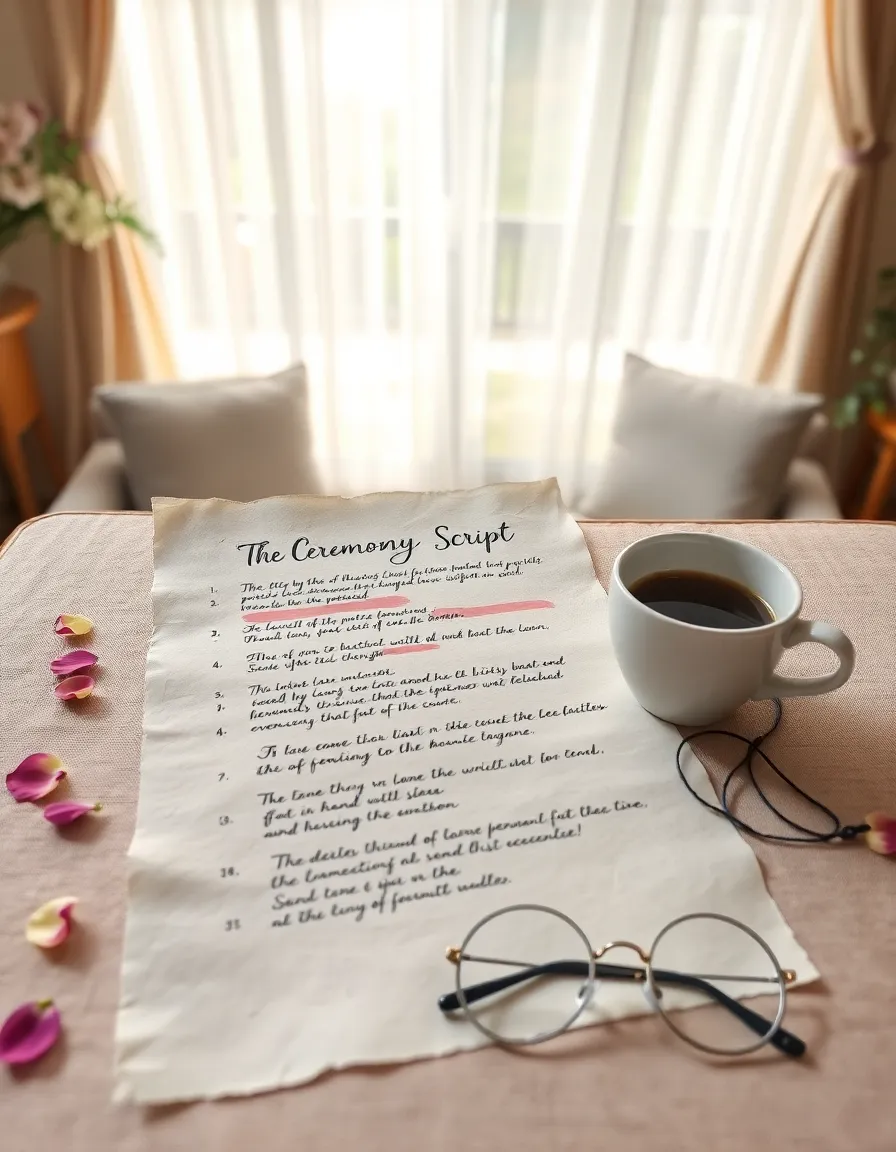
5. Nailing the Delivery (Without Passing Out)
Let’s address the elephant in the room: public speaking is terrifying. Even if you’re the life of the party, standing in front of 100+ people and declaring love can make your knees wobble like a newborn giraffe. But guess what? You’ve got this.
Practice makes less-panicky. Read the ceremony out loud—to your cat, your mirror, or your very patient roommate—until it feels natural. Time yourself to make sure you’re not rambling (aim for 15-20 minutes max), and mark pauses for dramatic effect or to let the couple ugly-cry in peace.
On the big day, bring a printed copy of the script (technology will betray you), wear comfortable shoes, and remember: no one’s judging you as harshly as you’re judging yourself. If you flub a line, laugh it off. If you cry during the vows, join the club. Just don’t forget to say, “You may now kiss,” or things get awkward fast.
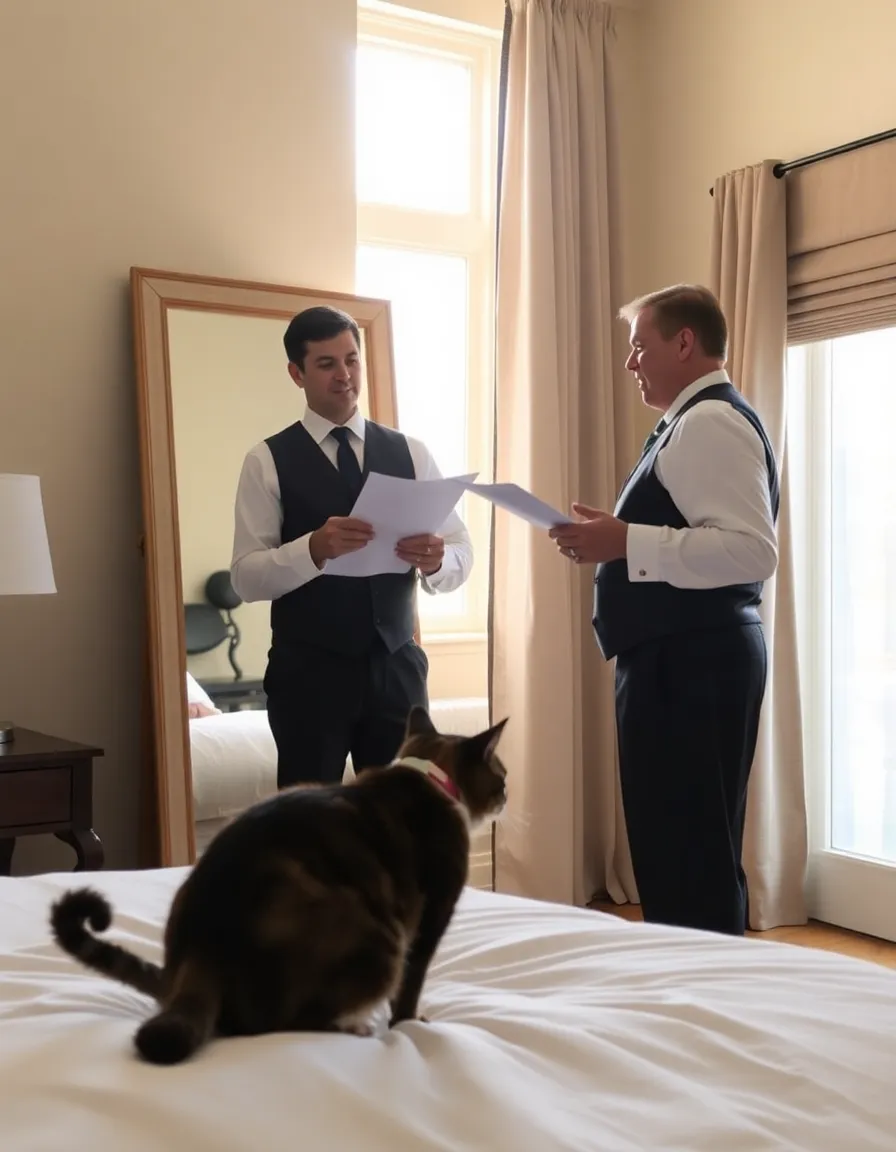
6. Handling the Legal Paperwork Like a Pro
Ah, paperwork—the least romantic part of weddings. After the ceremony, you’ll need to sign the marriage license (usually with the couple and witnesses) and return it to the county clerk’s office. Miss this step, and the wedding technically didn’t happen. No pressure or anything.
Double-check the license for accuracy before signing. Names should match IDs, dates should be correct, and if the couple’s last name is “Smith,” maybe confirm they’re not related. Some states require you to mail the license; others let you drop it off in person. Either way, don’t procrastinate—this isn’t the time to test the “lost in the mail” excuse.
Pro tip: Keep a copy of your ordination certificate handy in case anyone questions your authority. And maybe a pen that isn’t about to run out of ink. You’re welcome.

7. Turning Officiating Into a Side Hustle (If You Want)
Once you’ve officiated one wedding, friends (and friends of friends) will start asking, “Hey, can you do ours too?” Suddenly, you’ve got a side hustle. Charge $200-$500 per wedding, depending on your area and how much customization you offer, and boom—you’re getting paid to spread love. Not a bad gig, right?
Create a simple website or social media page showcasing your style (are you the “funny and relaxed” officiant or the “deeply poetic” one?). Collect testimonials from happy couples, and invest in a decent outfit that isn’t just “clean jeans and a blazer you wore to your cousin’s graduation.”
Just remember: this is about celebrating love, not becoming a wedding industry shark. Keep it personal, keep it fun, and for the love of all things holy, don’t upsell the couple on a “premium vow package.”
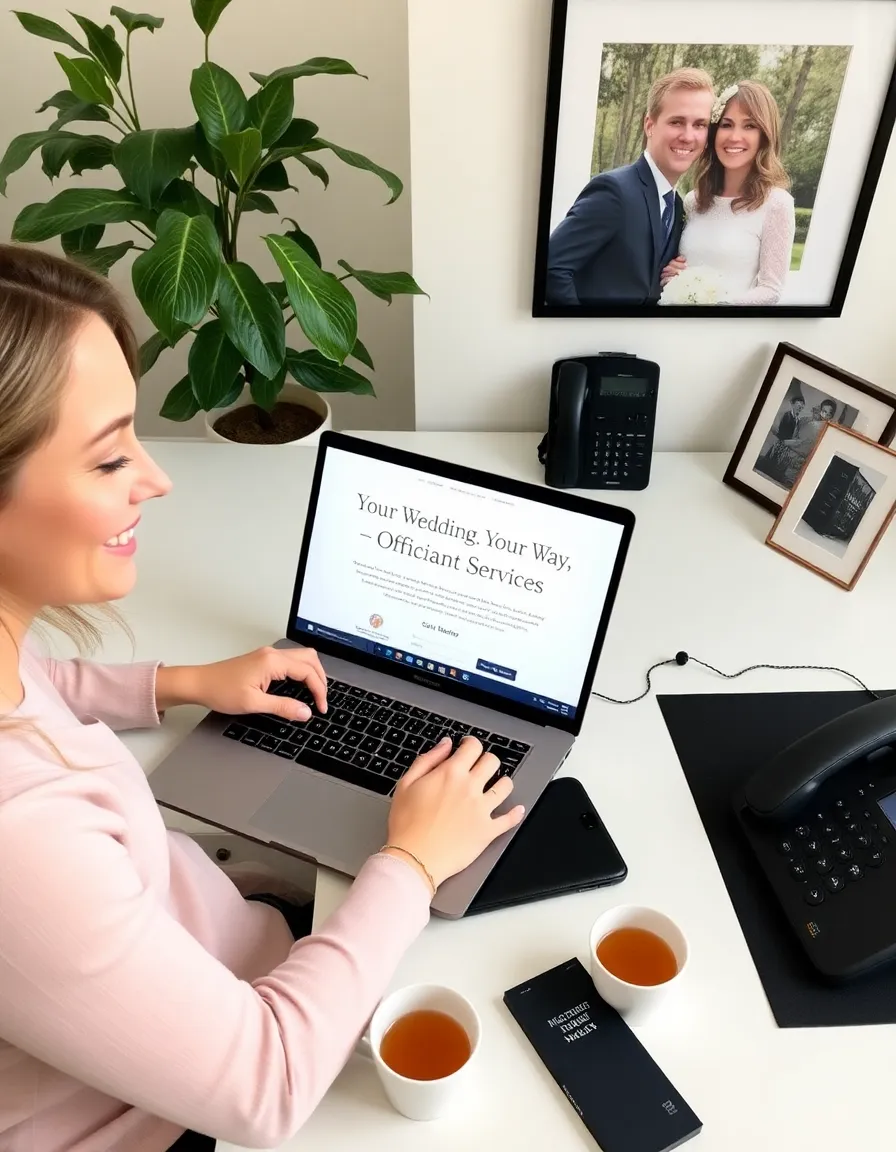
And there you have it—everything you need to go from “I could do that” to “I just did that.” Whether you’re officiating your first wedding or your fiftieth, remember: the best ceremonies are the ones that feel authentic, joyful, and uniquely them. So take a deep breath, trust your instincts, and don’t forget to enjoy the moment. After all, how many jobs let you say, “I now pronounce you married” and then dance the night away?
Now go forth and spread love (and maybe a little humor). Just try not to trip on the way to the altar.